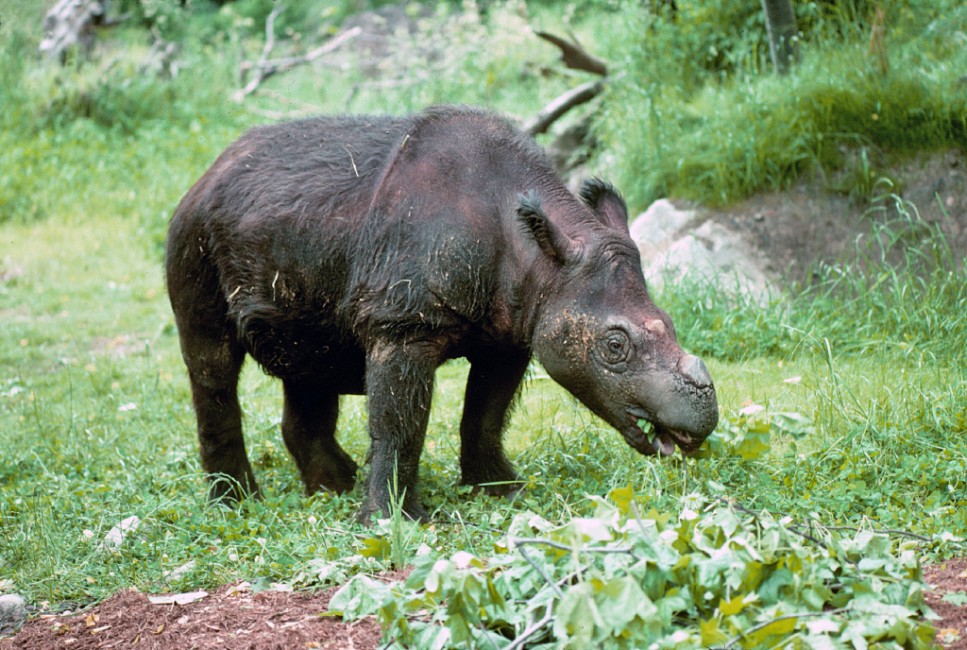
September 11, 2015
Rhi-no-more
- as seen by -
 Melvin Gumal
Melvin Gumal
I started fieldwork as a conservation biologist in 1988. This was during a period when there were a great many stories told of wild animals in Sarawak and Peninsular Malaysia ranging from orangutans to proboscis monkeys, tigers, and rhinoceros. It was also at this time that I stumbled upon a villager who was reputed to have killed the last Sumatran rhinoceros (Dicerorhinus sumatrensis) in Sarawak. I was then shown the large, heavy skull of a rhino.
I did not feel too much guilt at not being able to stop the demise of rhinoceros in Sarawak as this had happened before “my time” and also because I felt that in my working career, perhaps we could prevent the extinction of the rhinoceros in Peninsular Malaysia and Sabah. In these two areas, wildlife biologists indicated that viable wild populations still existed. In the mid 1990s, however, a clarion call to save the rhinoceros was also made by field biologist Alan Rabinowitz, emphasizing the need to increase enforcement efforts to protect the animals in the wild rather than increase efforts on captive breeding. For some, the call felt over-critical; for others it was a reality check. For me, it seemed that we might have a chance because someone had highlighted this dire need for enforcement.
Now, 27 years later, in 2015, it is excruciating to hear that rhinoceros may be extinct in Peninsular Malaysia and that only three exist in captivity in Sabah. Together with other wildlife biologists in government and in civil societies, we all feel guilty that we have not been able to stop the local extinction of a species in our working life. It is all the more personal as my daughters are also anxious for the species to survive and eagerly ask me questions like “do the camera-traps show any rhinoceros this month?” Or “is it confirmed that the animal is a tapir?” (rather than a rhinoceros).
We should all feel guilty that this animal has disappeared from a large land mass like Peninsular Malaysia. But, we should not ONLY feel guilty, we should take the next step. Can we make sure that our other animals do not suffer the same fate? What can we do about it? Most in civil society feel that the government could do a better job while those in the government think that civil society always wants to complain and does not make an effort to contribute more help in a practical way. Sadly, the time for such angst, anger, suspicion, and biased views has to end. We all need to collaborate. If we can overcome our suspicion of each other and work together not just in research, but in policies, enforcement, fund raising, and education, wildlife may have a chance. Our common enemies are the poachers, middlemen who help the poachers, illegal loggers, and greedy politicians wanting to make a fast buck, and also, general malaise and corruption. We need to close ranks; the time to point fingers has long gone. We were warned in the mid- 1990s that certain conservation actions should be prioritized. We must not have a repeat of the death knell for other species, for if we do, not only are we slow learners and incompetent, but we will have more extinctions on our watch – and this is something no one wants to have to tell their children.
Nikon
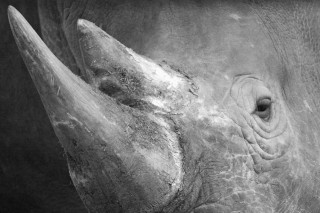
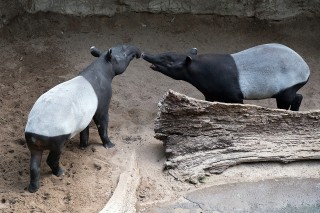
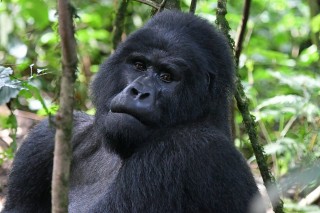
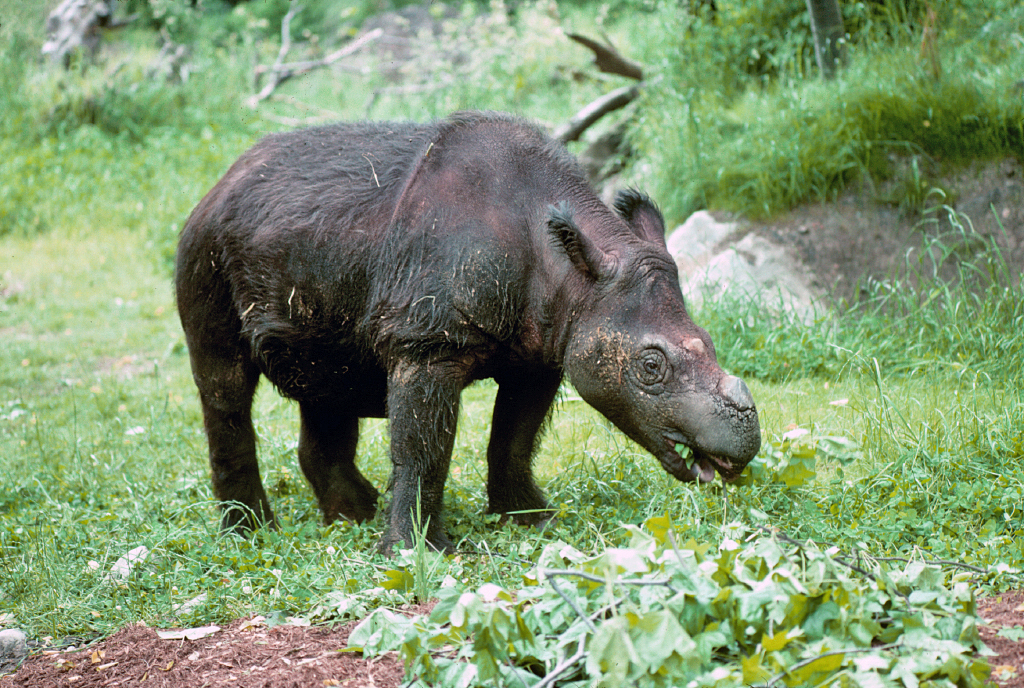
Leave a Comment
GABRIELA VARGAS MARTÍNEZ
September 11, 2015 at 4:04 pm
Los buitres son indispensables para la vida y su función es fundamental, es obvio que son los mejores barrenderos en la Tierra y evitan la contaminación. Me pregunto si los seres humanos no quisiéramos sentirnos orgullosos y felices con nuestras buenas acciones??? No nos gustaría sentir orgullo también por nuestro planeta??? No nos gustaría sentirnos eternamente agradecidos por las bendiciones de la existencia de la Tierra???? Queremos seguir destruyendo nuestro entorno??? Estos animales como cualquier especie son creaciones que merecen respeto, la vida se da una sola vez y debemos aprender a respetarla también.